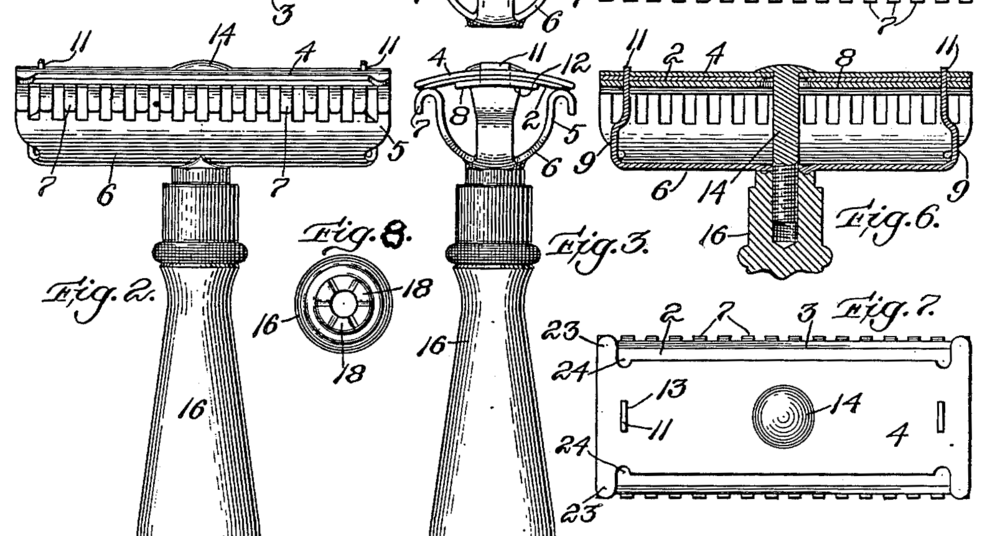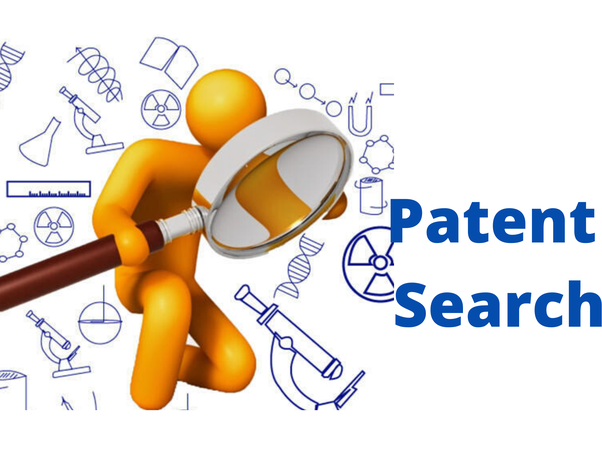
Exploring the Benefits and Considerations
Have you ever come up with a brilliant idea that you believe could change the world or revolutionize an industry? If so, you may have wondered whether it’s worth the effort and investment to patent your idea. In this blog post, we will delve into the benefits of patenting your idea, why you should consider it, and what could happen if you choose not to protect your intellectual property. We will also provide a step-by-step guide on how to patent your idea.
Benefits of Patenting Your Idea

- Exclusive Rights and Protection: By obtaining a patent, you gain exclusive rights to your invention for a limited period. This means you can prevent others from making, using, or selling your invention without your permission. It offers legal protection against infringement and ensures that you have the opportunity to profit from your creation.
Financial Rewards: Patents can be valuable assets, particularly if your idea has commercial potential. They can attract investors, increase the value of your business, and provide licensing opportunities. With a patent in hand, you have the ability to negotiate favorable terms for licensing agreements or potentially sell your patent outright.
Market Advantage and Recognition: Patents can provide a competitive edge in the marketplace. By establishing your idea as unique and protected, you can differentiate yourself from competitors. This exclusivity can enhance your brand reputation, attract customers, and allow you to charge premium prices for your product or service.
Technological Advancement: Patents encourage innovation by disclosing your invention to the public. In exchange for sharing your idea, you gain protection and incentives to further develop and refine your concept. Additionally, patent documents can serve as a valuable source of technical knowledge for other inventors, researchers, and engineers, promoting progress in various fields.
Considerations if You Don't Patent Your Idea

- Lack of Protection: Without a patent, your idea becomes vulnerable to being copied or stolen by others. Competitors may replicate your invention and bring it to market, eroding your potential market share and profits. Legal recourse to protect your idea becomes more challenging without a patent.
Missed Revenue Opportunities: If your idea gains traction in the market but you haven’t secured a patent, others can freely capitalize on it. This could result in missed opportunities to license your invention or gain financial rewards from its commercialization.
Loss of Competitive Advantage: Without a patent, competitors can reverse engineer or modify your idea, potentially improving upon it and diluting your competitive advantage. This could result in diminished market share and hinder your ability to establish yourself as a leader in your field.
How to Patent Your Idea: A Step-by-Step Guide

- Research and Evaluation: Before filing for a patent, conduct a thorough search to ensure your idea is novel and doesn’t infringe on existing patents. This can be done by consulting patent databases and conducting a comprehensive prior art search.
Consult with an Attorney: Intellectual property law can be complex, so it’s advisable to consult with a qualified patent attorney or agent who can guide you through the process. They can help assess the patentability of your idea and assist in drafting the patent application.
Prepare and File a Patent Application: Work with your attorney to prepare a detailed patent application, including a description of your invention, drawings (if applicable), and claims defining the scope of protection you seek. File the application with the appropriate patent office, such as the United States Patent and Trademark Office (USPTO) or the World Intellectual Property Organization (WIPO).
Prosecution and Examination: After filing, your patent application will undergo examination by the patent office. This process may involve responding to office actions, which are requests for additional information or amendments.
Understanding Different Types of Patents and Their Applications

Utility Patents
Utility patents are the most common type of patent and cover new and useful processes, machines, compositions of matter, or improvements thereof. They are designed to protect the functional aspects of inventions. Utility patents can be granted for a wide range of creations, including mechanical devices, chemical compounds, software algorithms, and manufacturing processes.
Applications: Utility patents are ideal for inventions that provide a practical solution, offering new functionality, or improving upon existing products or processes. They provide broad protection and can be crucial for technological advancements and commercial success.
Design Patents
Design patents focus on the ornamental or aesthetic aspects of an invention rather than its functional features. They protect the unique, non-functional visual appearance of a product. Design patents are typically sought for items like consumer goods, furniture, jewelry, and graphical user interfaces (GUIs).
Applications: Design patents are valuable when the appearance of an invention is a key differentiating factor in the market. They prevent others from creating identical or similar designs, allowing you to establish and maintain a distinct visual identity for your product.
Plant Patents
Plant patents are granted for new and distinct plant varieties that have been asexually reproduced (excluding tuber-propagated plants). This means that plant patents protect plants that have been cultivated through methods like grafting, budding, cutting, or tissue culture rather than by seeds. The invention must be novel, non-obvious, and reproducible to qualify for a plant patent.
Applications: Plant patents are useful for breeders and horticulturists who have developed unique and commercially valuable plant varieties. They provide exclusive rights to propagate, sell, and use the patented plant, ensuring that the efforts put into creating new plant species are rewarded.
Software Patents
Software patents, a subset of utility patents, specifically protect inventions related to computer software and algorithms. In recent years, the eligibility and scope of software patents have been subject to debate and varying interpretations in different jurisdictions. Requirements for software patentability may include demonstrating novelty, non-obviousness, and concrete technical solutions.
Applications: Software patents are crucial for protecting innovations in computer programs, mobile applications, algorithms, and software-related inventions. They help safeguard technological advancements, incentivize software development, and provide legal protection in a highly competitive and rapidly evolving industry.
Plant Variety Protection Certificates (PVPC)
Plant Variety Protection Certificates, also known as Plant Breeders’ Rights in some countries, are a form of intellectual property protection specifically tailored for plant breeders. These certificates grant exclusive rights to the breeder for a specific plant variety, allowing them to control its propagation, sale, and use for a limited period.
Applications: PVPCs are commonly sought by plant breeders and agricultural companies. They protect the commercial interests of those who invest significant time and resources in developing new plant varieties with desirable traits, ensuring they can recoup their investments and continue breeding efforts.
The Importance of Early Research and Improvement

To increase the likelihood of transforming your patented idea into a reality, it is essential to work with a team that focuses on early research and product improvement. Here’s why:
Feasibility Assessment: Early research helps assess the technical feasibility, market potential, and scalability of your invention. By identifying potential hurdles and opportunities at an early stage, you can make informed decisions and refine your idea accordingly.
Iterative Design and Prototyping: Iterative design and prototyping allow you to test and refine your invention, incorporating user feedback and making improvements based on real-world scenarios. This iterative process ensures that your patented idea evolves into a product that meets market needs and expectations.
Collaborative Expertise: Surrounding yourself with a team of experts who possess diverse skills, such as engineers, designers, marketers, and business strategists, can provide invaluable insights and help navigate challenges along the way. Collaborative expertise enhances the chances of successful product development and commercialization.
Adaptability and Market Alignment: By conducting research early on, you can adapt your invention to align with evolving market trends, consumer demands, and emerging technologies. This flexibility increases the likelihood of developing a product that meets market needs and stands a better chance of success.




